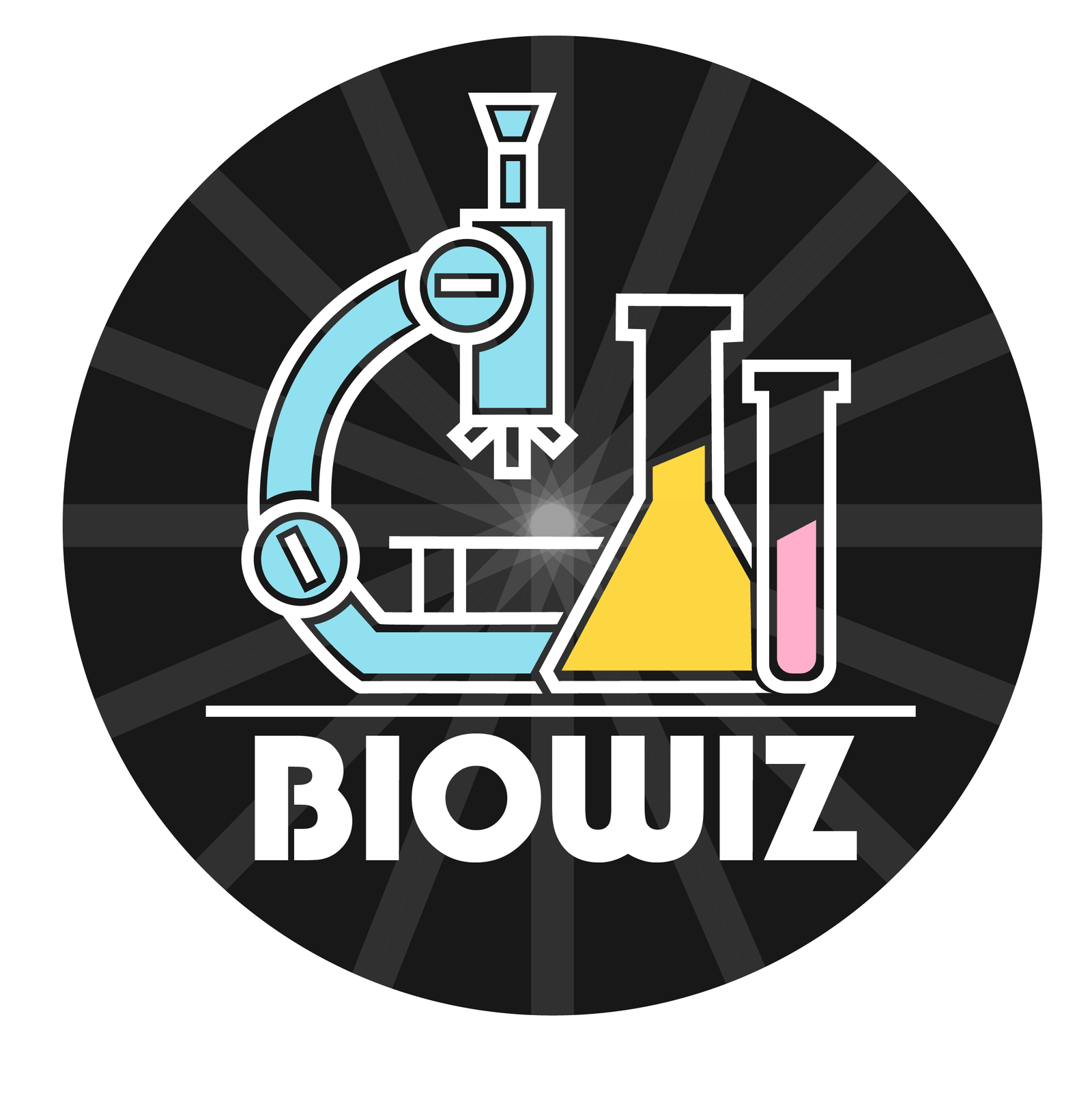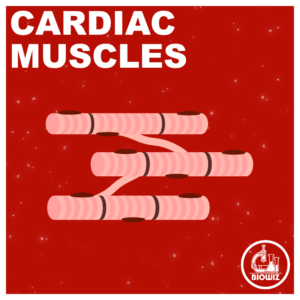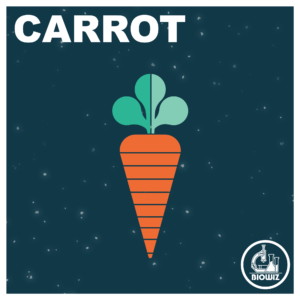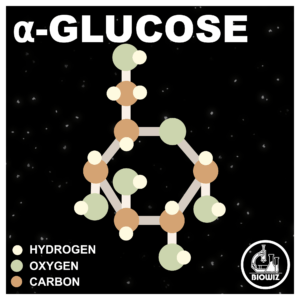IMPORTANT POINTS
- ATP or Adenosine Triphosphate is the energy currency of the cell.
- ATP is a type of Nucleoside triphosphate (NTP) which consists of a Ribose sugar, 3 phosphate groups, and Adenine as a nitrogenous base.
- STRUCTURE
- The adenine is attached to the ribose sugar by a N-glycosidic bond
- Triphosphate is attached to the ribose sugar by a Phosphoester bond.
- ATP CYCLE
- The energy released from ATP comes from the hydrolysis of the high energy bond present between 2nd and 3rd Phosphate groups. ATP undergoes hydrolysis to release phosphate group and ADP i.e. Adenosine diphosphate and around 34 kJ of energy per mol of ATP used. A phosphate group is added to ADP by phosphorylation reaction to convert it into ATP.
- These reactions occurs in mitochondria of eukaryotes during aerobic respiration. This energy is used for almost all the processes of the body including muscle contraction, active transport and even DNA replication.




